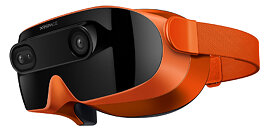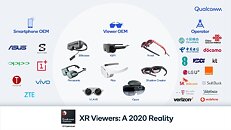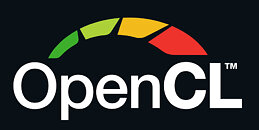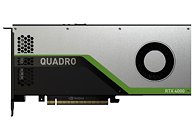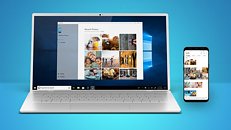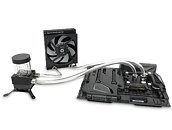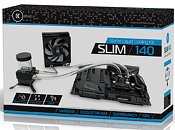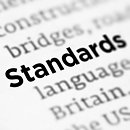
CORSAIR Announces Availability of Two New Hydro X Series Starter Kits
CORSAIR, a world leader in high-performance gaming peripherals and enthusiast components, has released two new comprehensive kits in its Hydro X Series line of custom cooling parts: the CORSAIR XH305i RGB and XH303i RGB Custom Cooling Kits. Making custom cooling accessible even to beginners, these kits come with everything you need to build a stunning hardline loop for your PC, complete with an RGB CPU water block, single 360 mm radiator, three RGB fans, PMMA clear hardline tubing, a hardline cutting/bending kit, fittings and adapters, and coolant.
The XH305i RGB Kit features an XD5 RGB Pump/Reservoir Combo, while the XH303i RGB Kit offers an XD3 RGB Pump/Reservoir Combo to drive compact custom cooling loops. Vibrant RGB lighting built into the XC7 CPU water block, Pump/Reservoir Combo, and RGB fans is controlled by an included CORSAIR iCUE Commander PRO Controller and CORSAIR iCUE software.
The XH305i RGB Kit features an XD5 RGB Pump/Reservoir Combo, while the XH303i RGB Kit offers an XD3 RGB Pump/Reservoir Combo to drive compact custom cooling loops. Vibrant RGB lighting built into the XC7 CPU water block, Pump/Reservoir Combo, and RGB fans is controlled by an included CORSAIR iCUE Commander PRO Controller and CORSAIR iCUE software.




